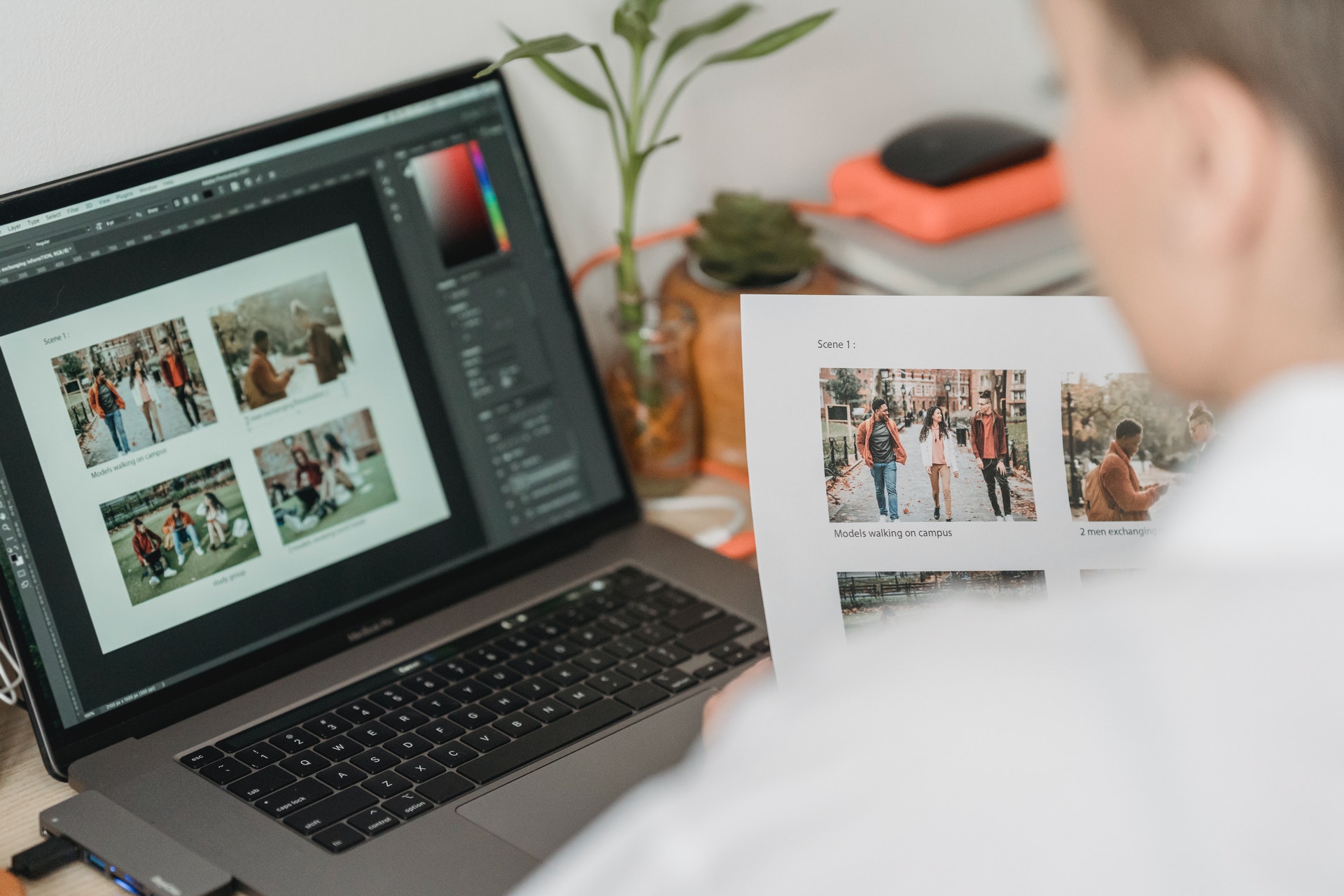Things You Must Know When Working With Graphics

As a designer, your work will be simpler and you will make more shrewd choices when you fathom the particular side of graphic creation and graphic record plans. Regardless of the delineation program you use, you truly need to know several huge fundamentals about automated plans. A part of these terms are discussed all through the book, so this starter is critical.
1. Width First, Then Height
The size or parts of a PC graphic are inundated with two numbers, for instance, 720 x 540 or 1024 x 768. The fundamental number for the most part implies the width and the second by and large insinuates the height. For pictures saw on the web, the unit of assessment is the pixel, which is the humblest part of a PC picture.
- A graphic that is 720 x 540 pixels is 720 pixels wide and 540 pixels tall.
- Exactly when the primary number of the two is greater, the graphic has an even course.
- Exactly when the ensuing number is greater, the graphic has a vertical course.
- Expecting the viewpoints to be the same, the graphic is a square.
2. Size and Resolution are Different
The size of a graphic suggests its width and height (its perspectives) in pixels or anything unit you are using. Curiously, the objective of a high level graphic implies one of two things: spots per inch (dpi) or pixels per inch (ppi). Pixels per centimeter (ppcm) is in like manner used. These are assessments of spot or pixel thickness.
Spots per inch (dpi). This assessment implies the amount of touches in an immediate inch. Spots per inch are usually used for printing. Somewhat, as the spots per inch increase, the clarity of the printed picture moves along.
Pixels per inch (ppi). This assessment suggests the amount of pixels in a straight inch. A more significant standard has more pixels per inch, giving a prevalent quality picture yet a greater archive size.
Both picture angles and objectives impact the record size of an image. Greater perspectives and a more significant standard augmentation the size of a record. While making pictures to show on the web, you should find an amicability between picture quality and size of the record so the photos will look extraordinary yet show quickly.
3. Bitmap Versus Vector Images
Picture advancement is easier to understand when you understand that photos come in two essential associations: bitmap and vector. Bitmaps are made out of pixels, and vectors are made by mathematical depictions. Bitmap and vector pictures use different archive plans. There are also mutt graphic record plans that contain both vector and bitmap outlines.
Bitmap Images
Bitmap plans are delivered utilizing a blend of pixels-each one contains concealing information that includes the image. Photographs and checked pictures are bitmap plans. Bitmaps (to a great extent called raster pictures) have a fair objective, and that infers they can’t be made greater without losing quality. Along these lines a little photograph becomes hazy or has spiked edges when you develop it. You can’t add information that wasn’t there at first. A model? Use bitmap pictures at the size they were made or more unassuming. Expecting you want the image to show in an immense size, you should start with a gigantic picture.
Benefits of bitmap pictures:
- Can arise out of a modernized camera, scanner, or a paint program
- Have straightforward tones of degree
- Can have a more straightforward establishment (in the PNG report plan)
- Wide assurance are open at stock photo objections
- Inconveniences of bitmap pictures:
- Increasing the image causes bending or spiked edges
- Record size is ordinarily greater than for vector pictures
Bitmap Image Formats
The two most ordinary bitmap picture plans for online features are JPG and PNG. The fundamental differentiation between the two plans is that the PNG configuration thinks about a more straightforward establishment. Exactly when you see an image with a cut-out establishment, the area outside the shape is simpler so the non-rectangular piece of the graphic grandstands. PNG archives store easierness data in what is known as an alpha channel, which shows whether a pixel should be displayed as dark or simpler. The JPG configuration doesn’t have an alpha channel, so you can’t show a simpler establishment in a JPG archive.
Vector Images
Vector plans show through a lot of rules portrayed through mathematical verbalizations. The rules encourage how to draw the centers, lines, curves and ways. Since the delineations are produced using headings rather than pixels, they can be made any size without losing picture quality. This suggests that vector pictures are flexible. You can make vector pictures with vector drawing contraptions, like Adobe Illustrator, Corel Draw and Inkscape. Various progressed portrayals and images are made as vector representations.
Benefits of vector pictures:
- Versatile the image stays aware of value when created
- Report size is by and large more humble
- Can have a more straightforward establishment
- Ideal when you truly need moved sizes of an image
- Disadvantages of vector pictures
Drawbacks of vector pictures:
- Requires drawing in programming to make or modify
- By and large puts resources into some amazing chance to make
- Complex portrayals require a talented craftsman
- Assurance of stock craftsmanship is more unobtrusive than that of bitmap representations
- Vector Image Formats
The most notable vector picture plan you will run over is EPS, particularly in stock photo objections. You may similarly see the notification of the SVG plan. This is a more current vector plan for Web outlines that maintains instinct and development. Pictures and their practices are described in a XML text record. More settled projects don’t maintain SVG archives.




